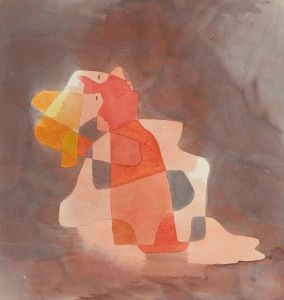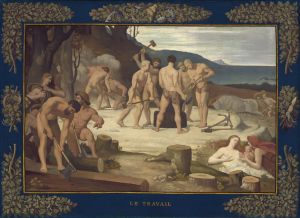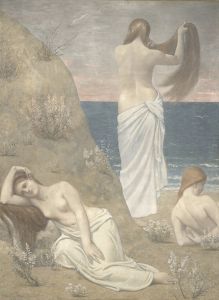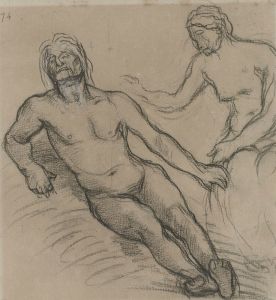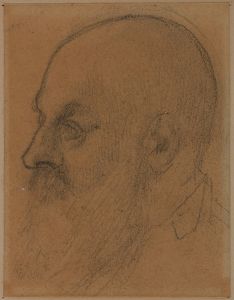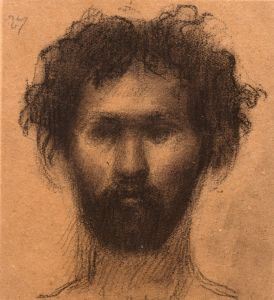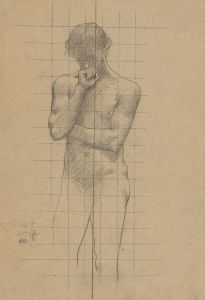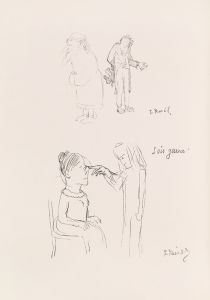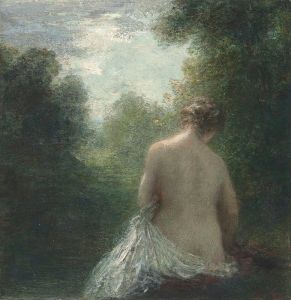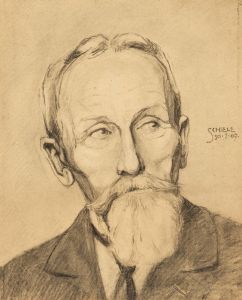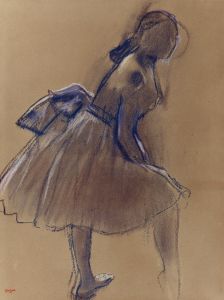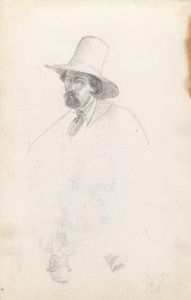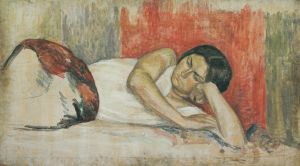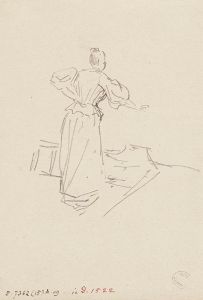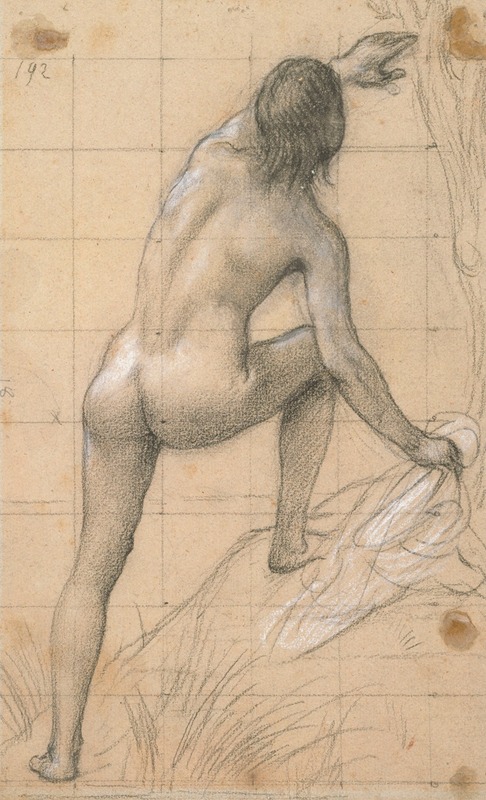
Figure nue de dos, bras gauche tendu vers le haut
A hand-painted replica of Pierre Puvis de Chavannes’s masterpiece Figure nue de dos, bras gauche tendu vers le haut, meticulously crafted by professional artists to capture the true essence of the original. Each piece is created with museum-quality canvas and rare mineral pigments, carefully painted by experienced artists with delicate brushstrokes and rich, layered colors to perfectly recreate the texture of the original artwork. Unlike machine-printed reproductions, this hand-painted version brings the painting to life, infused with the artist’s emotions and skill in every stroke. Whether for personal collection or home decoration, it instantly elevates the artistic atmosphere of any space.
Pierre Puvis de Chavannes was a prominent French painter in the 19th century, renowned for his mural paintings and his significant influence on the Symbolist movement. One of his notable works is "Figure nue de dos, bras gauche tendu vers le haut," which translates to "Nude Figure from the Back, Left Arm Raised." This painting exemplifies Puvis de Chavannes' unique style, characterized by its simplicity, muted color palette, and classical themes.
Puvis de Chavannes was born on December 14, 1824, in Lyon, France. He initially pursued an engineering career but shifted to painting after a serious illness. He studied under several artists, including Eugène Delacroix and Thomas Couture, but eventually developed his own distinct style. His work often focused on allegorical and classical themes, which he rendered with a sense of calm and timelessness.
"Figure nue de dos, bras gauche tendu vers le haut" is a study of the human form, showcasing Puvis de Chavannes' interest in the classical representation of the body. The painting depicts a nude figure from behind, with the left arm extended upwards. This pose highlights the musculature and form of the human body, a common subject in classical art. The simplicity of the composition and the focus on the human form reflect Puvis de Chavannes' admiration for classical antiquity and his desire to convey universal themes through his art.
Puvis de Chavannes was known for his ability to convey emotion and narrative through minimalistic compositions. His use of a subdued color palette, often consisting of earth tones and soft pastels, creates a serene and contemplative atmosphere in his works. This approach can be seen in "Figure nue de dos, bras gauche tendu vers le haut," where the focus is on the form and posture of the figure rather than intricate details or vibrant colors.
Throughout his career, Puvis de Chavannes received numerous commissions for public murals, which became some of his most celebrated works. His murals can be found in various locations, including the Panthéon in Paris and the Boston Public Library. These large-scale works often depicted allegorical scenes and were praised for their harmonious compositions and ability to convey profound themes.
Puvis de Chavannes' influence extended beyond his lifetime, impacting the Symbolist movement and artists such as Paul Gauguin and Georges Seurat. His emphasis on simplicity, form, and the conveyance of universal themes resonated with many artists who sought to move away from the detailed realism that dominated the art world at the time.
"Figure nue de dos, bras gauche tendu vers le haut" is a testament to Puvis de Chavannes' mastery of form and his dedication to exploring the timeless beauty of the human figure. Through this work, he invites viewers to appreciate the elegance and simplicity of the human body, stripped of extraneous details and distractions. The painting remains an example of Puvis de Chavannes' ability to blend classical influences with his unique artistic vision, leaving a lasting impact on the art world.





